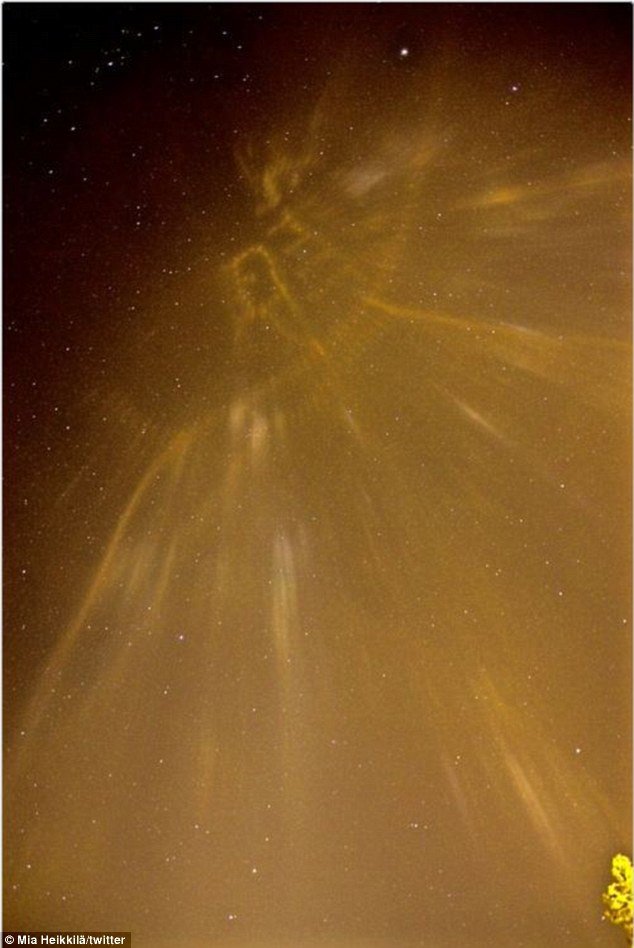
© CorbisThis artist's conception shows a powerful supernova ripping through a nebula.
A network of small, ground-based telescopes hunting the night-time skies for transient supernovas fished out a whopper --
a one-of-a-kind cosmic explosion that at its peak blasted out more light than 50 times all the stars in the Milky Way galaxy.The object, which takes its name, ASASSN-15lh from the All-Sky Automated Survey for SuperNovae, was first spotted on June 14, 2015. A week later, astronomer Subo Dong, with the Kavli Institute for Astronomy and Astrophysics at Peking University, was looking at the object's spectra, a chemical breakdown of its light, and realized something strange was going on.
The measurements were so different, the survey's automated software didn't even recognize it as a supernova, Dong wrote in an email to Discovery News.
"We thought about various non-supernova, exotic scenarios, but none seemed to work," Dong said.
Working with colleagues at observatories worldwide, Dong started thinking the object may belong to a rare class of so-called superluminous supernovae, a suspicion bolstered by follow-up measurements taken by the 10-meter South African Large Telescope .
"Seeing the SALT spectrum was the moment we knew for sure that we were on to something big," Dong said.
ASASSN-15lh is located about 3.8 billion light-years away, but is so bright that if were as close as Sirius, a bright star 8.6 light-years away from Earth, the supernova would appear to be almost as bright as the sun.


Comment: Mysterious hole punch clouds appear over Louisiana, Mississippi and Alabama